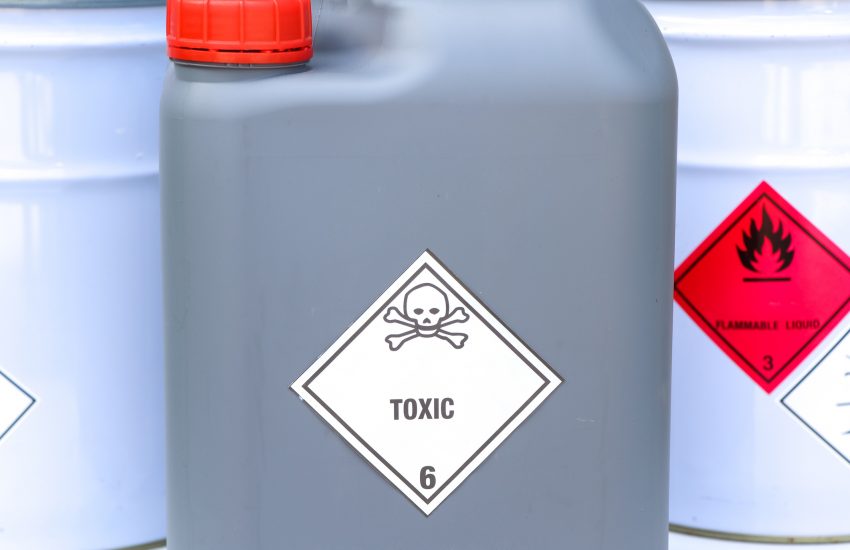As our blog has reported a number of times, the Environmental Protection Agency announced an ambitious national strategy to address per- and polyfluoroalkyl substances (PFAS). Dubbed a “roadmap,” the EPA says that it is centered on three guiding strategies focused on research, restrictions, and remediation. Specifically: “Increase investments in research, leverage authorities to take action now to restrict PFAS chemicals from being released into the environment and accelerate the cleanup of PFAS contamination.”
As part of this plan, the EPA last week announced the automatic addition of seven more PFAS to the Toxic Release Inventory List (TRI). (We had previously reported on PFAS additions to the TRI here and here.)
The Fiscal Year 2020 National Defense Authorization Act (NDAA) provides the framework for adding additional PFAS to the TRI each year. Among other provisions, section 7321(c) of the NDAA identifies certain regulatory activities that automatically add PFAS, or classes of PFAS, to the TRI beginning January 1 of the following year, and the agency’s finalization of a toxicity value is one of the triggering actions.
TRI data is reported to EPA annually by facilities in designated industry sectors and federal facilities that manufacture, process, or otherwise use TRI-listed chemicals above set quantities. The data include quantities of such chemicals that were released into the environment or otherwise managed as waste. Information collected through TRI allows communities to learn how facilities in their area manage listed chemicals. The data collected can be found here.
The data also helps to support informed decision-making by companies, government agencies, non-governmental organizations and the public. Six PFAS were automatically added for Reporting Year 2024 because EPA had finalized a toxicity value during 2023. Only these particular salt forms of the acids are added to the list:
- Ammonium perfluorohexanoate; Chemical Abstract Service Registration Number (CASRN) 21615-47-4
- Lithium bis[(trifluoromethyl)sulfonyl] azanide; CASRN 90076-65-6
- Perfluorohexanoic acid (PFHxA); CASRN 307-24-4
- Perfluoropropanoic acid (PFPrA); CASRN 422-64-0
- Sodium perfluorohexanoate; CASRN 2923-26-4
- 1,1,1-Trifluoro-N-[(trifluoromethyl)sulfonyl] methanesulfonamide; CASRN 82113-65-3
In addition, one other PFAS was added following its declassification:
- Betaines, dimethyl(.gamma.-.omega.-perfluoro-.gamma.-hydro-C8-18-alkyl); CASRN 2816091-53-7 (Note: this PFAS had previously been subject to a claim of protection from disclosure, but was declassified and is therefore no longer confidential, permitting its addition to the TRI list).
These seven newly added PFAS, along with the previous 189 TRI-listed PFAS, are also subject to EPA’s rule that enhances PFAS reporting to the TRI. Among other impacts, this removes the use of a reporting exemption that allowed facilities to avoid reporting information on PFAS when those chemicals were used in small concentrations.
Among the online TRI tools, interested parties can use EPA’s TRI Toxics Tracker to map the locations of TRI-reporting facilities and find out about their chemical releases, other chemical waste management practices, and pollution prevention activities.

